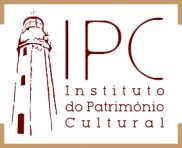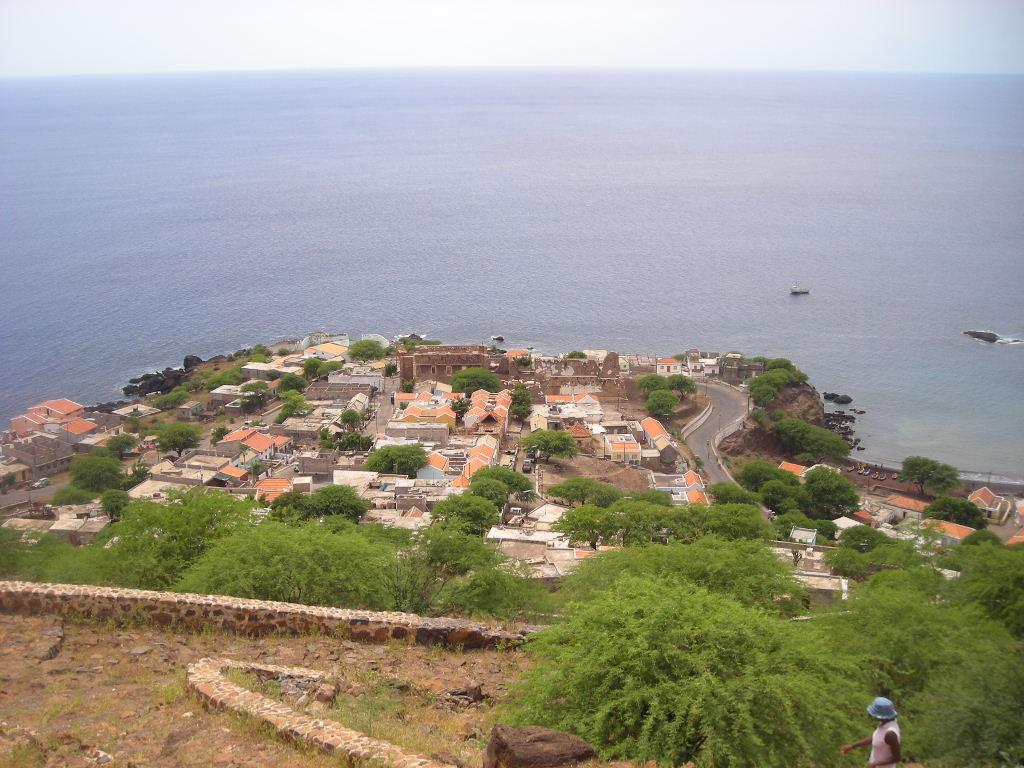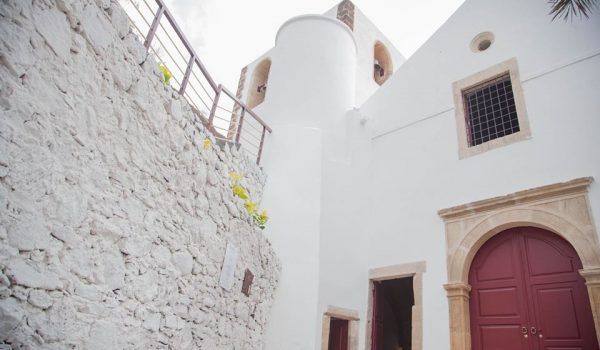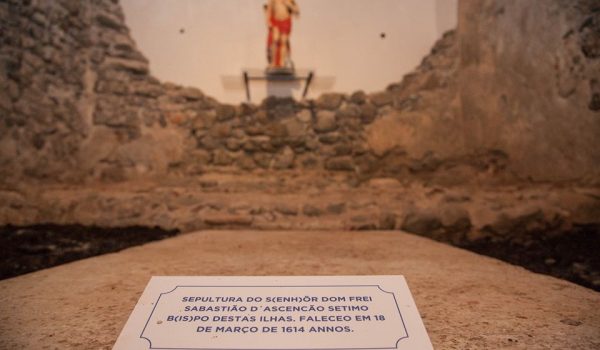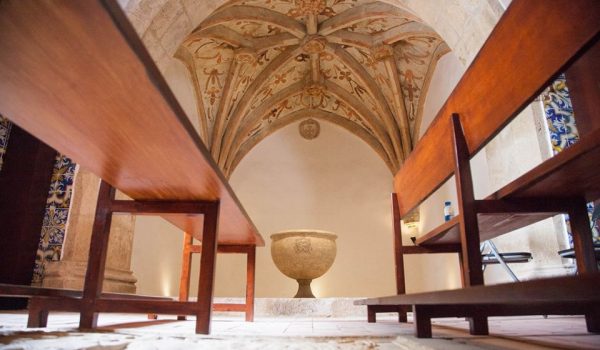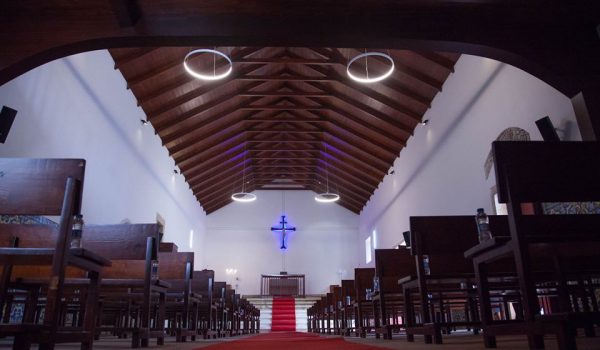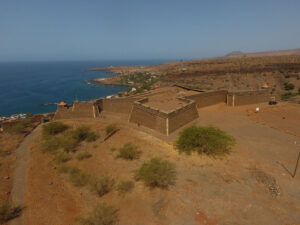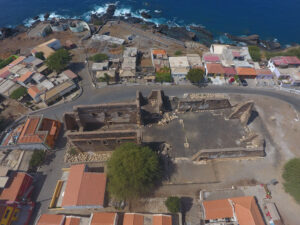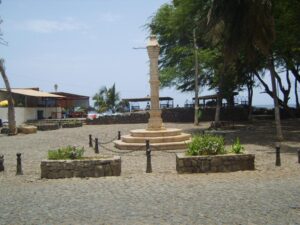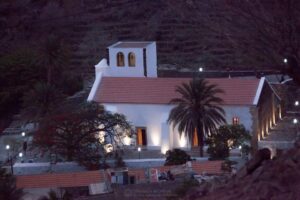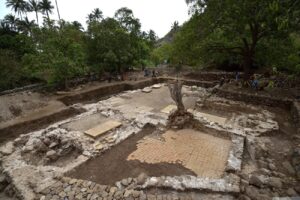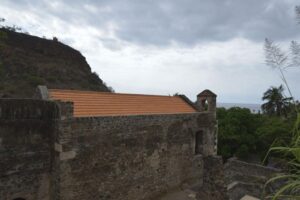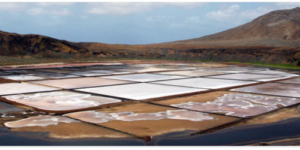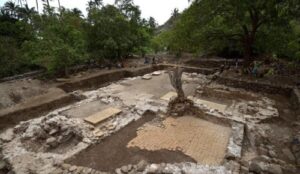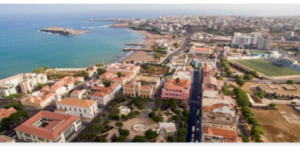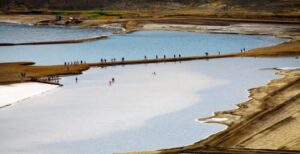Ribeira Grande de Santiago, commonly known as Cidade Velha, was the first European settlement in the tropics. For centuries (15th to 18th centuries) it played a geostrategic role in transoceanic shipping, particularly in the provision of supplies, repairing vessels and treating the sick.
It also acted as a hub for the triangular slave trade (Europe, Africa, America) that developed from the mid-16th century onwards. On the other hand, the fertility of the soil and the abundance of water led to the settlement of colonists and slaves. As the social dynamic was organised, various military, religious and civil infrastructures were built, concentrated in a small urban cluster, and which today bear witness to the historic importance of Cidade Velha.
ler maisO Sítio Histórico da Cidade Velha foi classificado em 2009 pela UNESCO como Património da Humanidade, (https://whc.unesco.org/en/statesparties/cv) pelos critérios II, III e VI.
Carta Arqueológica da Cidade Velha
O Conjunto histórico da Cidade Velha, classificado como Património da Humanidade, devido à sua importância histórica e patrimonial, conserva ainda vestígios que exigem a sua preservação.
A carta arqueológica constitui um inventário georreferenciado de sítios com interesse arqueológico e patrimonial, em permanente atualização, surge nessa perspetiva de dar resposta à salvaguarda e a gestão dinâmica dos vestígios. Assim, tem como principal objetivo a identificação e reunião num único suporte, dos vestígios dentro do grande sítio arqueológico que é a Cidade Velha, realçando assim o seu potencial arqueológico e patrimonial, cientes da importância da preservação do patrimônio histórico como instrumento de preservação da memória.
Consulte a Carta Arqueológica e Storymaps da carta arqueológica da Cidade Velha.
ler menos